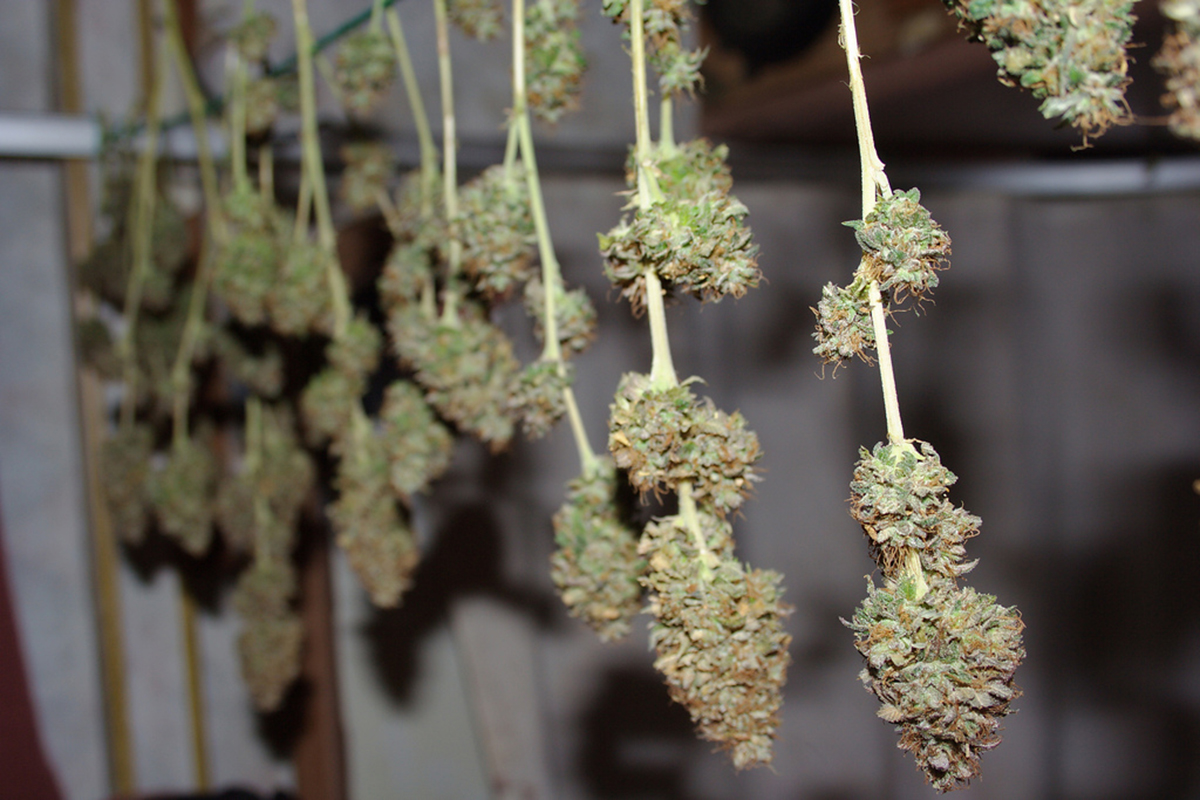Table of Contents
Many researchers, including specialists in criminology argue that legalization of marijuana for medical use does not necessarily mean that there will be an increase in crime rate or abuse among adolescents.

Using data from FBI reports, they found that there was no significant increase in rates for robbery, burglary, assault, rape, homicide, larceny or auto theft. The researchers took into account many variables including sociodemographic and econometric factors that are usually linked to crime rates, such as poverty, college education, unemployment, and more. Furthermore, studies have found that there is no increase of marijuana use among adolescents when comparing data from states with marijuana decriminalization and those without marijuana laws. However, people must be aware of the possible risks of using raw marijuana for medical use.
Possible Risks of Medical Marijuana
At present, experts believe that there is a lack of scientific evidence that supports smoking marijuana as a form of treatment because of dosing problems with variable amounts cannabinoid compounds that may be delivered. Safety concerns include:
-
altered moods
-
sleepiness
-
hallucinations
-
psychosis
-
reduced motor coordination
-
slow reaction time
-
severe anxiety or paranoia
-
short-term memory impairment
-
altered judgment and decision making
-
impaired cognitive ability during adolescence
-
addiction in 9% of users, and up to 50% of daily users
-
accidental ingestion by children
-
adolescent users at risk of developing schizophrenia
-
changes in perception of space and time
-
difficulty completing complex tasks
-
reduced ability to concentrate
-
Physical risks - fast heartbeat, low blood pressure, dizziness, dry mouth, palpitations, worsens respiratory problems
-
use during pregnancy is linked with neurological problems and impaired school performance in children
FDA-Approved Cannabinoids
The Cannabis plant contains more than 100 cannabinoids, a large family of chemicals. The plant's main active ingredient is called delta-9-tetrahydrocannabinol (THC), which has psychoactive properties. It stimulates appetite, reduces nausea, decreases pain and inflammation, and helps control spasticity. Another active ingredient of the marijuana plant is cannabidiol (CBD), which is not psychoactive, but also helps reduce inflammation and pain, controls seizures and improves psychosis.
Dronabinol (Marinol) is made from synthetic THC and is prescribed to relieve nausea and vomiting in patients who are undergoing chemotherapy and do not respond to other treatments. It is also used to improve appetite in AIDS patients who have lost a lot of weight. Nabilone (Cesamet) is another approved cannabinoid-based drug used for nausea and vomiting related to chemotherapy. Dronabinol is classified as a Schedule III controlled substance, while nabilone is a Schedule II drug.
A CBD-based drug (Epidiolex) has been created recently to treat certain forms of epilepsy in children, but is still undergoing clinical trials.
See Also: The State (And States) Of Medical Marijuana In 2013
Another drug (Sativex), in the form of a mouth spray and containing both plant-derived THC and CBD (not synthetic), is now under clinical trial in the US to test its safety and effects on cancer pain. It is currently used in Europe for treating spasticity due to multiple sclerosis.
Other marijuana compounds are being tested for possible medical use.
Although these cannabinoid-based drugs are medically approved, patients are warned that they, too, may have side effects similar to those of marijuana. However, since their dosages can be controlled and monitored, and their chemical compositions are constant, they are safer for use compared to inhaled, raw marijuana.
- ACS. Marijuana. http://www.cancer.org/treatment/treatmentsandsideeffects/complementaryandalternativemedicine/herbsvitaminsandminerals/marijuana
- NORML. Medical Frequently Asked Questions. http://norml.org/marijuana/medical/item/medical-frequently-asked-questions?category_id=733
- NIH. DrugFacts: Is Marijuana Medicine? http://www.drugabuse.gov/publications/drugfacts/marijuana-medicine
- University of Texas at Dallas. "No correlation between medical marijuana legalization, crime increase: Legalization may reduce homicide, assault rates." ScienceDaily. http://www.sciencedaily.com/releases/2014/03/140326182049.htm
- Lifespan. Legalizing medical marijuana doesn't increase use among adolescents, study says. ScienceDaily. http://www.sciencedaily.com/releases/2014/04/140423102754.htm
- Photo courtesy of Michigan Municipal League by Flickr : www.flickr.com/photos/michigancommunities/5856993359
- Photo courtesy of Mark by Flickr : www.flickr.com/photos/eggrole/5196133088
- www.cancer.org
- norml.org
- www.drugabuse.gov
- www.sciencedaily.com

